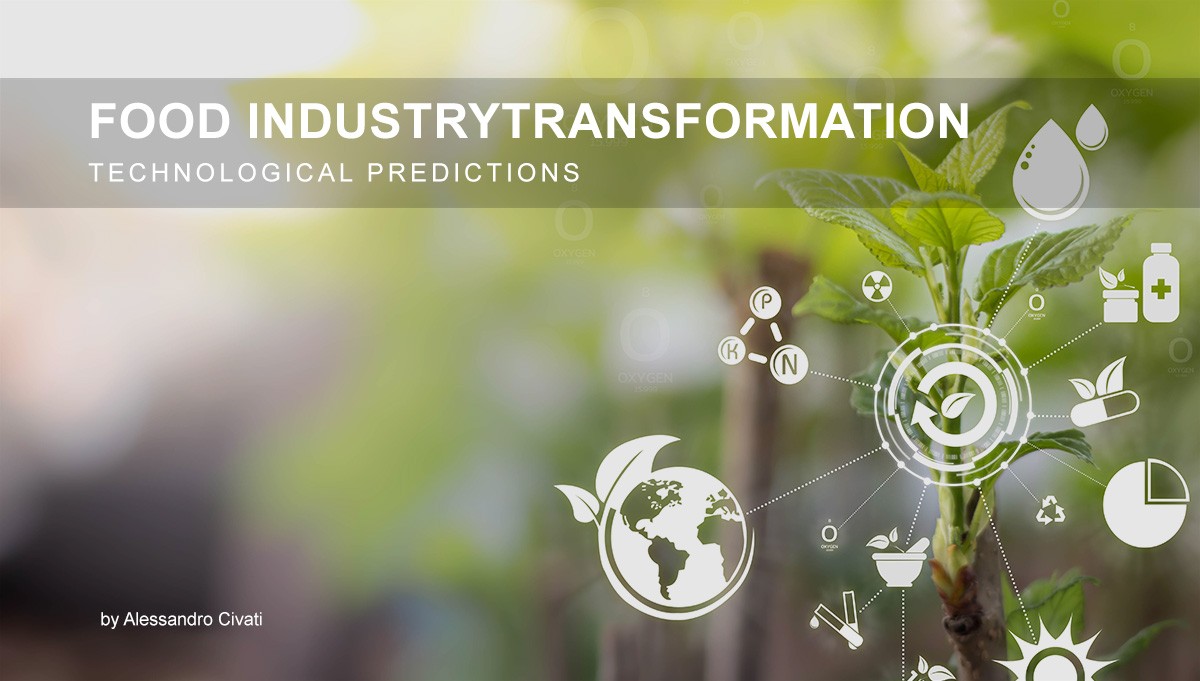The disruption to the food industry occasioned by the COVID-19 pandemic in 2020 has left the industry scrambling to embrace change. Players in the food industry intend to seize opportunities that may arise, especially in the areas of food quality and safety, time to market, and resilience of supply chains. New technologies promise the most significant impact in achieving successful outcomes for many initiatives to improve operational excellence and precision, safeguard food safety, reduce wastage, and optimize resource efficiency.
Food safety is an area of significant concern as global supply chains increasingly become complex. It becomes critically important to embrace a culture that promotes and improves food safety. Statistics worldwide indicate that 1 in every 10 people become ill due to consuming contaminated food, with about 420,000 people dying annually.
The need to have a harmonized approach to safeguarding the integrity of our food. All actors in the supply chain need to collaborate and communicate since the actions at each link will impact the end product and safety of the food reaching our tables. The food safety landscape has experienced a seismic shift spurred by the emergence of new technologies in recent times. There has been a blend of behavioral science with food science and technology. Success is now measured through parameters such as organizational culture, behavioral consistency, and team dynamics.
Industry 4.0 Technology
Internet of Things is the future of food safety. Food processors are already embracing the internet of things (IoT) in their operations to help improve efficiency and productivity, improve food safety, meet consumer demand real-time, cut energy waste, and reduce food and water wastage for better sustainability outcomes. IoT simply adds another layer of technology to the food manufacturing process, ensuring improved food safety from farm to fork. Up to 10 percent of food processors report using IoT to drive operations by completing tasks such as data capture, boosting transparency, facilitating decision-making, managing quality assurance parameters, monitoring temperatures, and monitoring quality parameters.
Product recalls are a nightmare for food processors and pose significant financial risks. The adoption of IoT can significantly alter the situation and allow food and beverage companies to implement digital track-and-trace processes and manage the quality of foods. The most significant benefit of IoT is the ability to oversee the entire food manufacturing and processing process, further helping consumers make well-informed and healthy choices and enjoy improved convenience.
Data-Driven
The increasing use of digital platforms has helped enhance the use of IoT holistically. The benefits derived from using the data-driven approach are that product recalls can be targeted and faster due to a better way of identifying and analyzing the root causes of the problem.
The collected data can also drive decisions toward creating superior quality products and a more brilliant company. Companies can now have insights into processes such as inbound overseas shipments of crops by installing IoT sensors on sea containers to track the location of products, the temperature of the product, and the type of products. That data can be combined with shipping route statistics to provide real-time visibility and accurate prediction of the time of arrival. The data collected from the IoT sensor readings during the transportation of a product, including temperature, can help determine or identify products that are not fit for use and the available options to reduce spoilage or change the transportation or sourcing of alternatives.
Yet another advantage of a data-driven approach in the food industry is the storage of data such as quality attributes and temperature, and notable trends so that you can predict expiry dates.
Image recognition technology offers detailed insight into the quality of the received product. It helps in extending the control of supply chains further away from the confines of a factory. Data is driving the control of quality and increasing productivity from farm to fork to cut out wastage and reduce risks associated with food safety. It gives product manufacturers and other producers a competitive advantage in their industry segments.
Image recognition is increasingly becoming a quality control tool, primarily when it’s used alongside machine learning. Notable applications of image recognition capabilities are grading carcasses for fat and muscle ratios, grading of vegetables depending on the color depth and variation, spots, shapes, and sizes. It can further be used in the selection of ingredients that go into specific products and the determination of price depending on the scale/grade of the product.
Omni-Channel Approach
Since the COVID-19 pandemic, food processors and food producers have had to contend with increased demand for goods. People were increasingly shunning visits to supermarkets and restaurants, preferring to have their purchases delivered at home. It’s believed that the trend may never go back to pre-pandemic levels after consumers become accustomed to ordering their food and groceries online.
The omnichannel approach has allowed businesses to be less vulnerable and to capture a piece of the market. More and more players in the food industry are opting to become omnichannel by setting up eCommerce via an online store or connecting to a digital marketplace.
The move is expected to significantly impact the industry with a particular focus on food safety. We will be implementing IoT sensors to check and safeguard against food safety and contamination risks such as unsanitary equipment and food handling.
In conclusion, technology including IoT, Artificial Intelligence, Machine Learning, and the Cloud is the future of the food industry. IoT promises a customer-centric, safe, and increasingly sustainable food industry. The widespread adoption of technology will transform how food production will happen by improving performance and efficiency.

Author: Alessandro Civati

